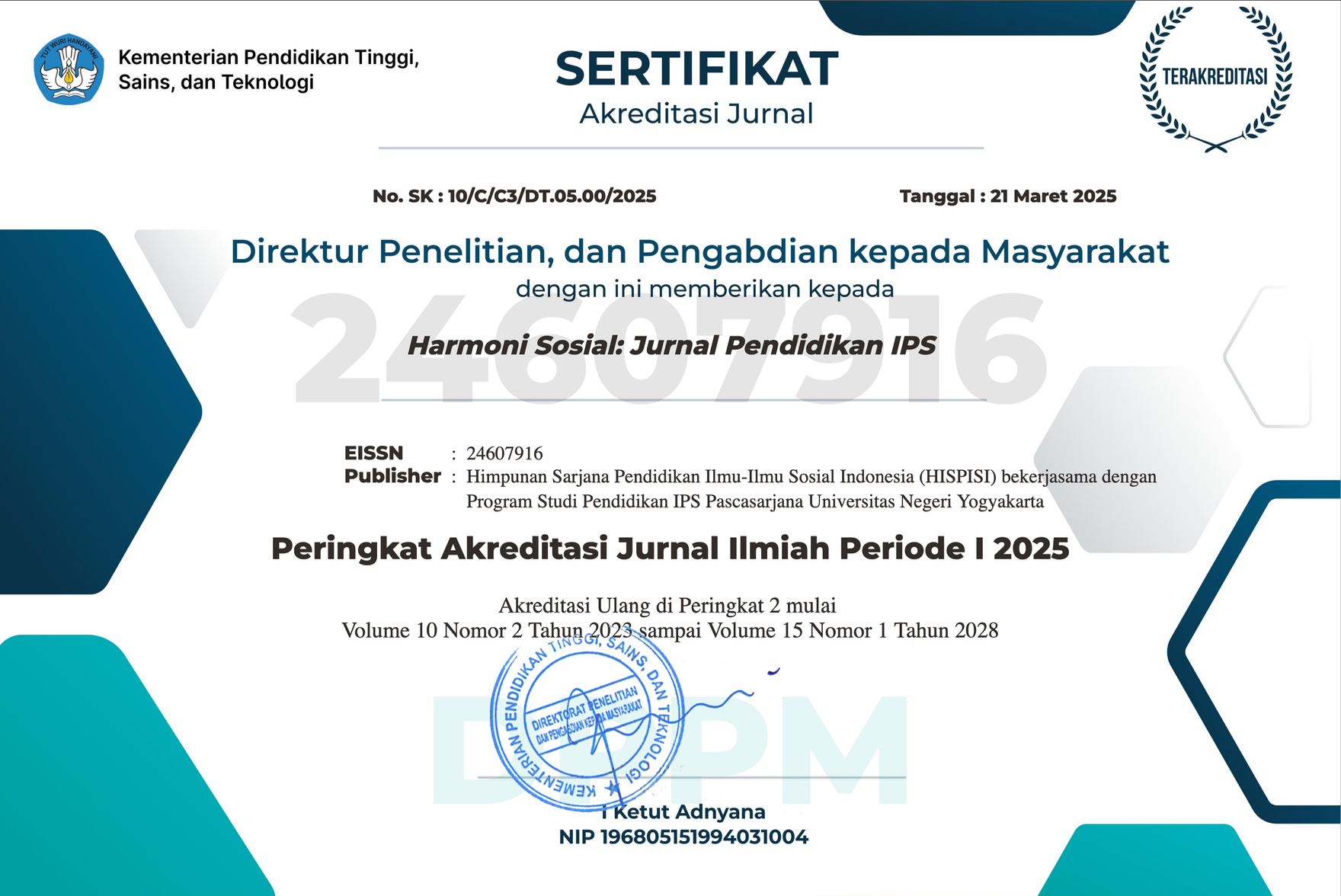The khat dilemma in Jimma area: The socio-economic analysis of benefits and harms associated with khat use
Downloads
Downloads
Anderson, D. M., & Carrier, N. C. M. (2011). Khat: Social harms and legislation, a literature review. Home Office.
Anderson, D. M., Beckerleg, S., Hailu, D. and Klein, A. (2007). The Khat Controversy: Stimulating the drugs debate. Berg
Ashbury, H. (2009). Free Medical Clinic. Haight-Ashbury Publications.
Awale, S. S. A., & Ali, A. Y. S. (2018). Social and economic difficulties caused by khat usage in Somalia. International Journal of Humanities and social Science, 8(8), 184-198. Doi: https://doi.org/10.30845/ijhss.v8n8p21
Ayana & Mekonen (2004). Khat (Catha edulis Forsk) chewing, socio-demographic description and its effect on academic performance, Jimma University.
Barton, A. (2011). Illicit Drugs Use and Control. United Kingdom: Routledge.
Belwal, R., & Teshome, H. (2011). Khat exports and the Ethiopian economy: Opportunities, dilemmas and constraints. African Journal of Business Management, 5(9), 3635-3648. Doi: https://doi.org/10.5897/AJBM09.342
Bongard, S., al'Absi, M., Khalil, N. S., & Al Habori, M. (2011). Khat use and trait anger: Effects on affect regulation during an acute stressful challenge. European Addiction Research, 17(6), 285-291. Doi: https://doi.org/10.1159/000330317
Etana, M. B. (2018). Economic and Social Impacts of Khat(Catha edulis Forsk) among Youths in Sebeta Town, Oromia, Ethiopia. Biomedical Statistics and Informatics, 3(2), 29-33. Doi: https://doi.org/10.11648/j.bsi.20180302.14
Hunter, A., Baker, E., Gladbaum, H., Hirani, K., Mashari, R., & McLennan, M. (2012). The health and social impacts of khat use in Brent. Brent: Brent Council.
Getahun, A., & Krikorian, A. D. (1973). Chat: Coffee's rival from Harar, Ethiopia. Botany, cultivation and use. Econ Bot (Economic Botany), 27(4), 353-377. doi: https://doi.org/10.1007/BF02860690
Gelaw, Y., & Haile-Amlak, A. (2004). Khat chewing and its socio-demographic correlates among the staff of Jimma University. Ethiopian Journal of Health Development, 18(3), 179-184.
Jelsma, M., Metaal, P., & Axel, K. (2012). Chewing over Khat prohibition: The globalization of control and regulation of an ancient stimulant. Transnational Institute. Amsterdam.
Kebede, D., Alem, A., Mitike, G., Enquselassie, F., Berhane, F., Abebe, Y., Ayele, R., Lemma, W., Assefa, T., & Gebremichael, T. (2005). Khat and alcohol use and risky sex behaviour among in-school and out-of-school youth in Ethiopia. BMC public health, 5(1). Doi: https://doi.org/10.1186/1471-2458-5-109
Kebede, Y. (2002). Cigarette smoking and khat chewing among college students in North West Ethiopia. Ethiopian Journal of Health Development, 16(1), 9-17. Doi: https://doi.org/10.4314/ejhd.v16i1.9818
Megerssa, B., Esayas, A., & Mohamed, A. (2014). Socio-Economic Impact of khat in Mana District, Jimma zone, South Western Ethiopia. Discourse Journal of Agriculture and Food Sciences, 2(2), 21-32.
Ministry of Finance and Economic Development (MoFED). (20015). Survey of the Ethiopian Economy II: Review of Development during 1998/99-2003/04 A Publication of the Development Planning and Research Department.
Sykes, W., Coleman, N., Desai, P., Groom, C., Gure, M., & Howart, R.(2010). Perceptions of the social harms associated with khat use. London: Home Office.
Toennes, S. W., & Kauert, G. P. (2002). Excreation and detection of cathinone, cathine, and phenylpropanolaminein urine after kath chewing. Clinical Chemistry, 48(10), 1715-1719. doi: https://doi.org/10.1093/clinchem/48.10.1715
Weir, S. (1985). Qat in Yemen: Consumption and social changes. Sana'a.
Yahya, A., Rajeshwar, Y., Eticha, T., Kahsay, G., Ali, D., Gebretsadik, H., Gebretsadik, T., & Janapati, Y. K. (2016). Socio-economic and health effects of khat chewing in Mekele, Tigray Region, Ethiopia. International Journal of Pharmacy and Pharmaceutical Research, 8(1), 1-22.
The Authors submitting a manuscript do so on the understanding that if accepted for publication, copyright publishing of the article shall be assigned to Harmoni Sosial: Jurnal Pendidikan IPS
 | Harmoni Sosial: Jurnal Pendidikan IPS by http://journal.uny.ac.id/index.php/hsjpi is licensed under a Creative Commons Attribution-ShareAlike 4.0 International License. |









 ISSN Print
ISSN Print









